Methyl p-tert-butylphenylacetate
Synonym(s):Methyl 2-(4-tert-butylphenyl)acetate
- CAS NO.:3549-23-3
- Empirical Formula: C13H18O2
- Molecular Weight: 206.28
- MDL number: MFCD00051913
- EINECS: 222-602-4
- SAFETY DATA SHEET (SDS)
- Update Date: 2025-12-26 12:07:08
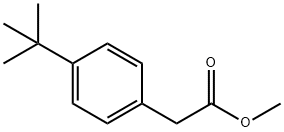
What is Methyl p-tert-butylphenylacetate?
Description
Methyl p-tert-butylphenylacetate has a sweet, woody, and camphoraceous odor with a roasted, chocolate-like flavor. May be prepared by esterification of p-tert-butylphenylacetic acid with methanol.
Chemical properties
Methyl p-tert-butylphenylacetate has a sweet, woody and camphoraceous odor and a roasted, chocolate-like flavor.
Preparation
By esterification of p-tert-butylphenylacetic acid with methanol
Aroma threshold values
Aroma characteristics at 1.0%: musty meaty, chicken fatty, cocoa honey, floral, sour, fatty milky, dairy and fishy nuances.
Taste threshold values
Taste characteristics at 5 ppm: leafy, green, waxy and honey-like, sweet cocoa, buttery creamy, fatty milky dairy-like with fishy and fruity nuances
General Description
Methyl p-tert-butylphenylacetate can be used as a food flavoring agent.
Properties of Methyl p-tert-butylphenylacetate
| Boiling point: | 106 °C/2 mmHg (lit.) |
| Density | 0.999 g/mL at 25 °C (lit.) |
| refractive index | n |
| FEMA | 2690 | METHYL P-TERT-BUTYLPHENYLACETATE |
| Flash point: | >230 °F |
| storage temp. | Sealed in dry,Room Temperature |
| color | Colourless to light yellow |
| Odor | at 100.00 %. dairy buttermilk leafy creamy green waxy fatty hyacinth melon rind rubbery |
| JECFA Number | 1025 |
| BRN | 2502880 |
| CAS DataBase Reference | 3549-23-3(CAS DataBase Reference) |
| EPA Substance Registry System | Benzeneacetic acid, 4-(1,1-dimethylethyl)-, methyl ester (3549-23-3) |
Safety information for Methyl p-tert-butylphenylacetate
| Signal word | Warning |
| Pictogram(s) |
 Exclamation Mark Irritant GHS07 |
| GHS Hazard Statements |
H302:Acute toxicity,oral H315:Skin corrosion/irritation H319:Serious eye damage/eye irritation H332:Acute toxicity,inhalation H335:Specific target organ toxicity, single exposure;Respiratory tract irritation |
| Precautionary Statement Codes |
P261:Avoid breathing dust/fume/gas/mist/vapours/spray. P280:Wear protective gloves/protective clothing/eye protection/face protection. P305+P351+P338:IF IN EYES: Rinse cautiously with water for several minutes. Remove contact lenses, if present and easy to do. Continuerinsing. |
Computed Descriptors for Methyl p-tert-butylphenylacetate
| InChIKey | HXVTYMWVMVKVTF-UHFFFAOYSA-N |
New Products
4,4-Difluoropiperidine hydrochloride tert-butyl 9-methoxy-3-azaspiro[5.5]undecane-3-carboxylate Indole Methyl Resin N-Isopropylurea N,N-Dicyclohexylcarbodiimide(DCC) MELDRUMS ACID 5-METHYLISOXAZOLE-4-CARBOXYLIC ACID Magnessium Bis glycinate Zinc ascorbate 1-bromo-2-butyne 2-acetamidophenol 9(10H)-anthracenone Erythrosin B, 4-Piperidinopiperidine 2-((4-morpholinophenylamino) (methylthio) methylene) malononitrile 2,4-dihydroxybenzaldehyde 3-(4-morpholinophenylamino)-5-amino-1H-pyrazole-4-carbonitrile Methyl 2-methylquinoline-6-carboxylate 2,6-dichloro-4-nitropyridine 4-Bromo-2-chlorobenzonitrile 2-(benzylamino)acetic acid hydrochloride 4-(tert-Butoxycarbonylamino)but- 2-ynoic acid 3,4-dihydro-2H-benzo[b][1,4]dioxepine 1-Phenyl-1-cycloprppanecarboxylicacidRelated products of tetrahydrofuran

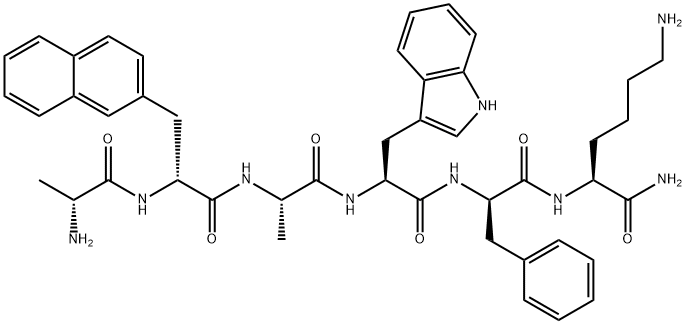
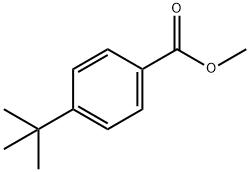



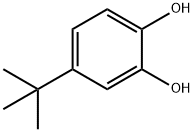
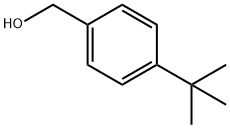
You may like
-
 Methyl p-tert-butylphenylacetate 98% (HPLC) CAS 3549-23-3View Details
Methyl p-tert-butylphenylacetate 98% (HPLC) CAS 3549-23-3View Details
3549-23-3 -
 Methyl p-tert-butylphenylacetate CAS 3549-23-3View Details
Methyl p-tert-butylphenylacetate CAS 3549-23-3View Details
3549-23-3 -
 3-(4-amino-1-oxoisoindolin-2-yl)-1-methylpiperidine-2,6-dione 98%View Details
3-(4-amino-1-oxoisoindolin-2-yl)-1-methylpiperidine-2,6-dione 98%View Details -
 614-19-7 98%View Details
614-19-7 98%View Details
614-19-7 -
 20677-73-0 (2,2-diethoxyethyl)methylamine 98%View Details
20677-73-0 (2,2-diethoxyethyl)methylamine 98%View Details
20677-73-0 -
 3-(4-(hydroxyamino)-1-oxoisoindolin-2-yl)piperidine-2,6-dione 98%View Details
3-(4-(hydroxyamino)-1-oxoisoindolin-2-yl)piperidine-2,6-dione 98%View Details -
 57381-49-4 2-bromo-4-chlorobenzonitrile 98%View Details
57381-49-4 2-bromo-4-chlorobenzonitrile 98%View Details
57381-49-4 -
 4,6-dichloropyrimidine-5-carbaldehyde 98%View Details
4,6-dichloropyrimidine-5-carbaldehyde 98%View Details
5305-40-8
Statement: All products displayed on this website are only used for non medical purposes such as industrial applications or scientific research, and cannot be used for clinical diagnosis or treatment of humans or animals. They are not medicinal or edible.
